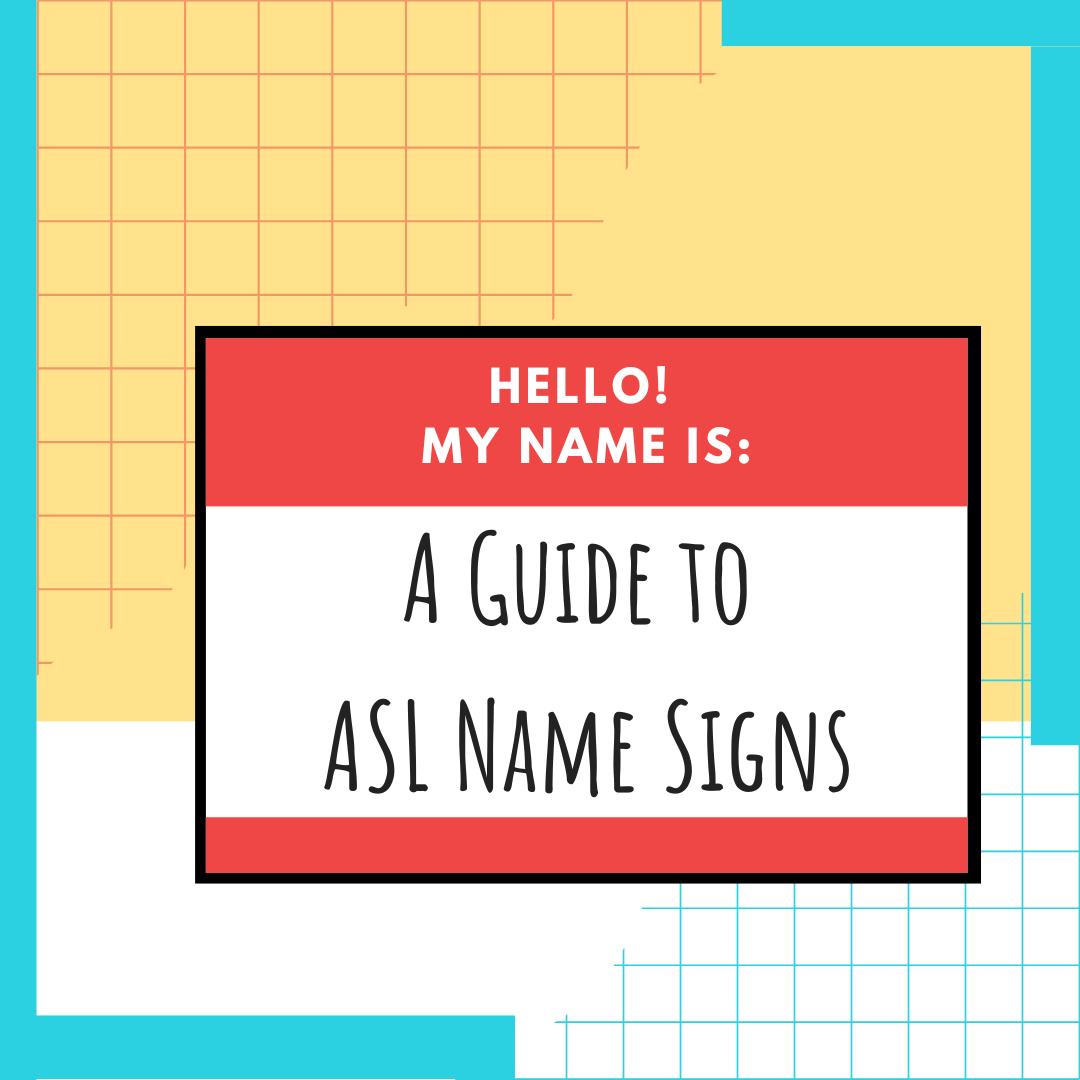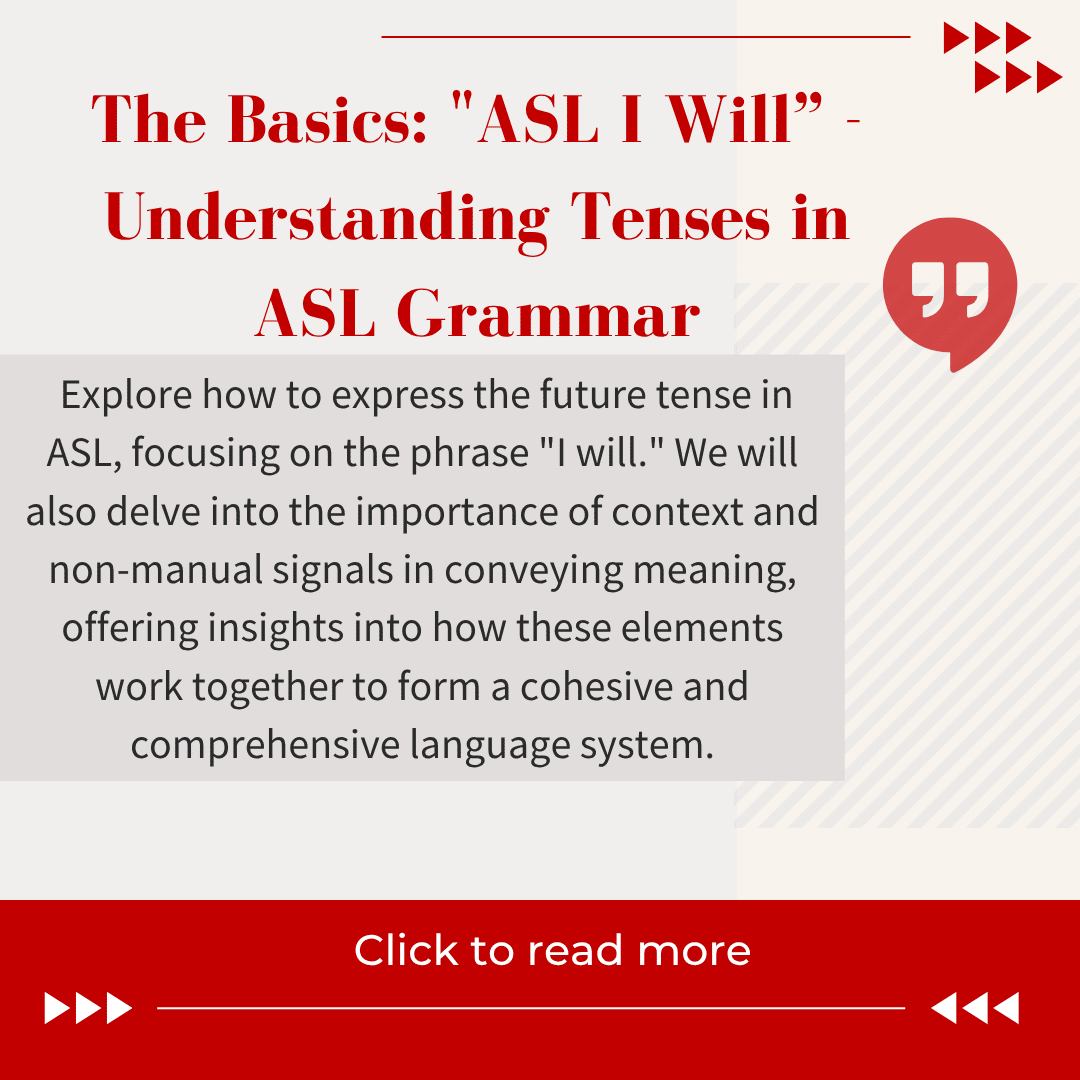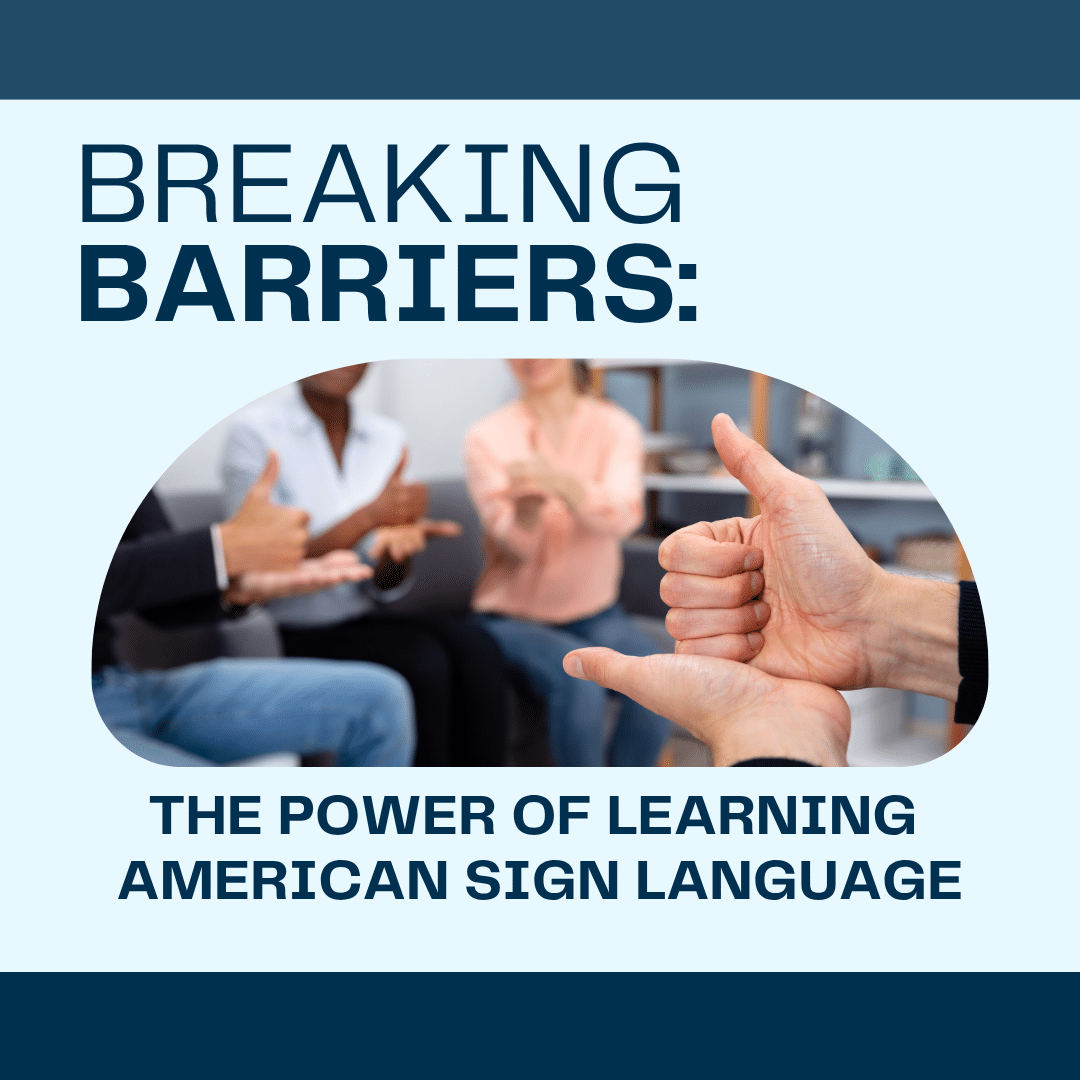
Using ASL Online vs In-Person
- by Katelyn Cheng


Technology is becoming more and more popular nowadays. People uses their phones for social media, news, text, check emails, etc. D/deaf people use technology way more than hearing people. There are many different reasons why technology is popularly used in the Deaf community. Deaf people spend a lot of time on social media because the media is where they get most of their information. Deaf socials is one of the popular forms of entertainment in the Deaf community. Deaf social events are easily and often passed around on social media. A popular form of promotion of the event is a video that shows where the location of the event, the time and date because Deaf people are very visual.
American Sign Language is an expressive language and Deaf people are very outgoing and animated. Social media is a tool where Deaf people can share their stories about their life as D/deaf, traveling, etc. There are a few well-known Deaf travelers who share their travel vlogs. Their travel vlogs include meeting international Deaf people, sign languages in other countries, Deaf owned businesses in their countries. These Deaf travel vloggers are Wunderlust, Seek the World, and Joel Barish. More and more D/deaf people are becoming influencers and using social media as a way to spread awareness about the Deaf community, Deaf culture, and American Sign Language. In addition, a lot more D/deaf people have videos where they teach sign language. The other ways that D/deaf present in their videos are Deaf jokes, storytelling, poetry, or ASL cover songs.
Texting is one of the biggest Deaf and hard-of-hearing communication methods. However, people still need to call their doctors, banks, etc. to set up appointments, report fraudulent transactions, etc., so how does this exactly work? Well, there is a service that Deaf people can sign up with known as ZVRS Purple that has an interpreter that translates ASL into spoken English and vice versa. For hard-of-hearing, there are various apps, one example is Innocaption, to use that captions phone calls and voicemails. There is an app known as Glide, which is popular in the Deaf community. This allows Deaf people to send video chats to each other without actually video chatting each other live like on Skype or FaceTime. Glide can also be used to text each other as well. If a Deaf person is ever in a group conversation and cannot easily follow along, the Ava app captions real-time conversations. In schools there are either ASL (American Sign Language) interpreters or CART known as Computer Assisted Real Time that captions the teacher word-for-word. It is the same concept as watching movies with Closed Captions. Hearing people like to talk on the phone as opposed to texting. Deaf people are big at texting. If it’s super urgent and must then we’ll get on a video call. One Deaf person said he’d much rather have a conversation when you can see the entire body and be able to read the facial expressions and body languages. Texting doesn’t give the person that same experience. One example a D/deaf person gave was when you’re texting and you say,”LOL.” You wonder if the person actually laughed or just texting you LOL. Whereas conversing online gives people the ability to see the body language and behavior but of course, in-person is better.
There are pros and cons of using ASL online versus in-person.
The pro of ASL online is if in-person interpreter is not available or if the D/deaf people needs an interpreter fast where ever he or she is. The pros of ASL online is an ASL interpreter is readily available. For instance, if you are trying to call to make reservations or need an ASL interpreter right away at a doctors appointment, the ASL interpreters are readily available. Also, if the area the D/deaf lives in or is traveling and it is not easy to find an in person interpreter, then online interpreters are available. However, the downside is that the internet can be finicky or the phone/tablet/or computer battery can run out of battery. In person interpreter is a better choice if you want full comprehension of what the ASL interpreter said. In addition at the doctors, for example, the doctor is speaking too fast they ASL interpreter online can easily miss information; therefore not interpreting accurately. Most D/deaf have had bad experiences with online interpreters and prefers in person interpreters.
In-person interpreters is much easier because the interpreter is there with you to interpret the conversation. If, for example, the D/deaf person needs to take care of errands and run from places to places, having an interpreter run alongside with you helps build a productive day. Plus it’s much easier when there is a team of interpreters. For example, when a CDI is involved and being able to fully visually see that three way conversation and have a smoother interpreting experience for everyone. On screen, it is hard to focus on who is signing especially if the D/deaf person does not know who will talk. It is easy to miss what the person said.
Interacting with people in-person is not the same as interacting with people online. When people interact in-person, people can see the whole body including body language, behavior, and facial expressions. American Sign Language is a very visual language. ASL socials and DNO (Deaf Night Out) are very popular in the Deaf community. Deaf people enjoy mingling and each other’s company. Have you heard of DST? DST stands for Deaf Standard Time. Deaf people loses track of time when socializing. Typically after a Deaf social, the group will locate elsewhere and chat even more. Sometimes they can chat the night away until 3 or 4 in the morning.
Also, in Deaf culture, body language is another major difference. Body language and facial expressions are extremely important in the Deaf culture. People cannot see the body language and facial expressions as well via camera. Body language and facial expression is key and can change the “tone” of the conversation Hearing people converse through using voice; therefore the body language is not as crucial. Hearing people still want to have their cameras on during online conversations because; although reading the body language is not as crucial, it is still helpful to see the other person’s face and feel more engaged in the conversation.
When people interact online, people does not have the full visual of the signer and sometimes there are glitches from the internet also occurs. Also the screen can be small or there’s a lot of shaking of the phone which it make it hard to understand what the person is saying. In addition, the person may not be in the area where there is the best lighting and if the other hand is occupied, it can be a bit more difficult to understand when the person is signing with one hand. Also, people It is easy to get bored or distracted from the conversation online than in-person. When people interact in-person they can feel the energy and vibe from the people they’re socializing with. In addition, if there are multiple people on the Zoom social, it can be difficult to direct or focus your conversation with someone because there are too many people on the screen to look at. Also, from experience, I feel that people are more shy to socialize/mingle versus in-person.
A friend told me she did not like take ASL classes online and preferred to take ASL classes in person because it is a lot more engaging and interacting when seeing the signs in person. She mentioned that when she took the class online, the teacher’s video froze a lot so it skipped a lot of signs and she was not able to understand what the teacher said. The teacher is on a small screen and she can only see half of the teacher, not the whole body.
D/deaf people’s preferences various on how they prefer to communicate with each other. Some people are awesome texters and prefers to text instead of FaceTiming; where as others feel they communicate a lot quicker when they video chat. I prefer texting and once in a while video chat when I am dressed properly. What’s yours?
Start Learning ASL Today!
 Ready to start learning real American Sign Language and not just basic signs? Do you want to be a part of the vibrant Deaf community? Check out our Free ASL 1 Course or our Complete 4-Level ASL Course options and start learning ASL today!
Ready to start learning real American Sign Language and not just basic signs? Do you want to be a part of the vibrant Deaf community? Check out our Free ASL 1 Course or our Complete 4-Level ASL Course options and start learning ASL today!








